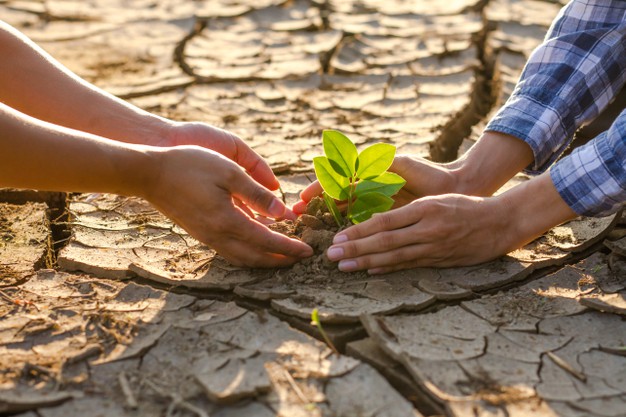On June 17 every year, World Day to Combat Desertification and Drought is observed by UN members to create awareness of increasing drought and deserted areas worldwide and to develop sustainable measures to recover the land.
The following blog post has everything you need to know about it. So, if you are interested to know, keep scrolling!
We are aware of the fast depletion of resources from our planet, and one of the crucial concerns under it is increasing desertification. Desertification is the process under which land loses its fertility and productivity and becomes barren and deserted.
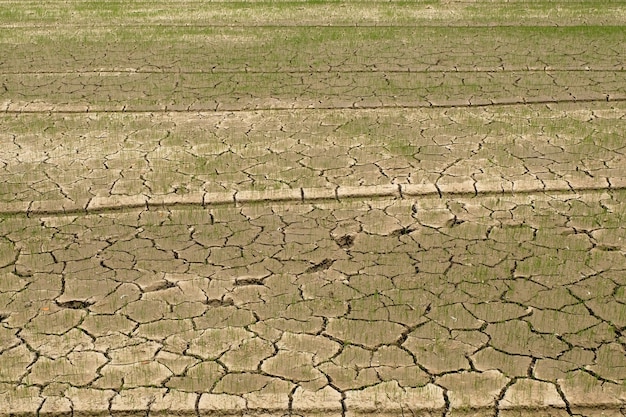
These deserted or degraded lands are most seen in dry areas, and the gradual degradation makes it impossible for the ecosystem to adapt to changes, disturbing the environment and livelihood.
What are the reasons for desertification?
- Overgrazing
Leaving animals free to graze vegetation can temper soil compaction, help to grow invasive plants and weeds, which can eventually lead to soil erosion & desertification.
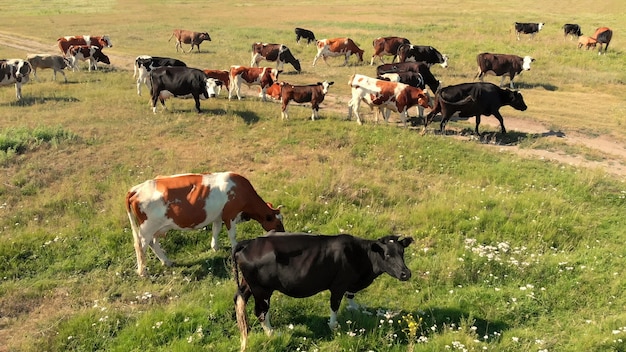
- Deforestation
The excessive cutting of trees exposes the land to blazing heat and direct rainfall that can create crust or layers inland, making it drier. Also, since the top layer is the most fertile layer on land, it loses its productivity.

- Climatic changes
Drastic climatic changes like heavy rainfall, snowfall, droughts, etc., further worsen the land quality. Also, rising global warming will paddle up the desertification and increase complications in the future.
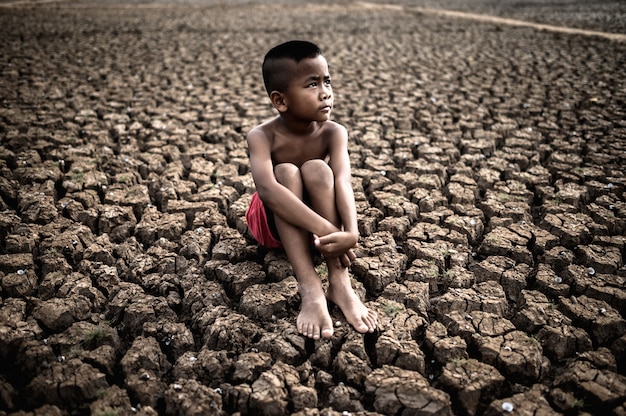
- Urbanization
Humans are trying to get ahead of each other in the race of urbanization, which is decreasing the space for plants and biomass. Also, unrestricted use of chemicals is increasing pollution, thus rocketing desertification.

- Excessive use of pesticides
Chemical fertilizers and herbicides have harmful substances that can destroy good bacteria from the soil, making soil quality poor, further poisoning the plants, and accelerating desertification.
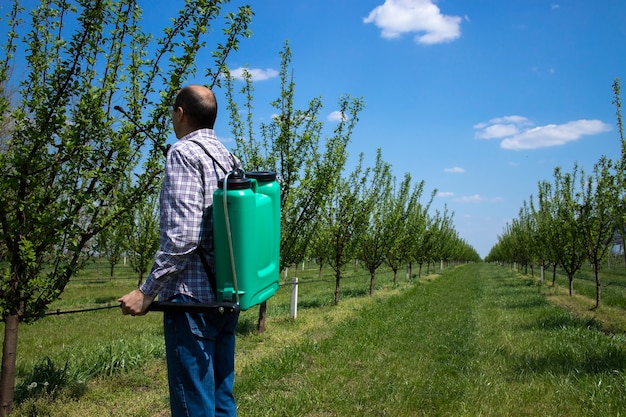
What are the effects of land degradation?
- Loss of marine and wildlife
- Lack of food for habitats
- Malnutrition, famines, migration
- Loss of soil fertility
- Storms, pollution, etc., affecting people’s health.

This year UNCCD wants to work around the theme “RECOVERY. LAND. RESTORATION” to build back better with healthy land.
To combat land degradation and restore land health, United Nations Convention to Combat Desertification (UNCCD) has set few targets that could benefit the environment and economy. The objectives of this year’s campaign are:
- Look for ways to recover the ecosystem faster.
- Weed out unemployment
- Ensuring food security
- Try to tackle climatic changes effectively
- Surging quickly towards achieving Sustainable Goals.
UNCCD’s secretary Ibrahim Thiaw also told us how land restoration could help us in post-COVID-19 recovery. He said that investing in land restoration will help create jobs, generate economic benefits, and provide livelihoods when hundreds of millions of jobs are being lost.
What preventive measures can be taken to control desertification?
- Planting trees
- Rising awareness in farmers
- Proper disposal of waste
- Less use of fertilizers
- Using cleaner fuels
- Reduce, reuse, recycle
- Water management, etc.

This day is also celebrated to appreciate all the organization volunteers and government working diligently towards combating land degradation and trying to protect the environment.
Along with following the above preventive measures to restore land, we can donate to non-profit organizations to support and contribute towards the cause.
Here is the list of some organizations in India you can contribute to:
- Harika
- Dreams Alive
- Centre for Dignity
- AARDE Foundation
- Manuvikasa
- Centre for Sustainable Agriculture, etc.
Let’s promise this year to work on sustainable development, land restoration and inspire others to take action upon this grave issue of drought and desertification, considering pandemic.











